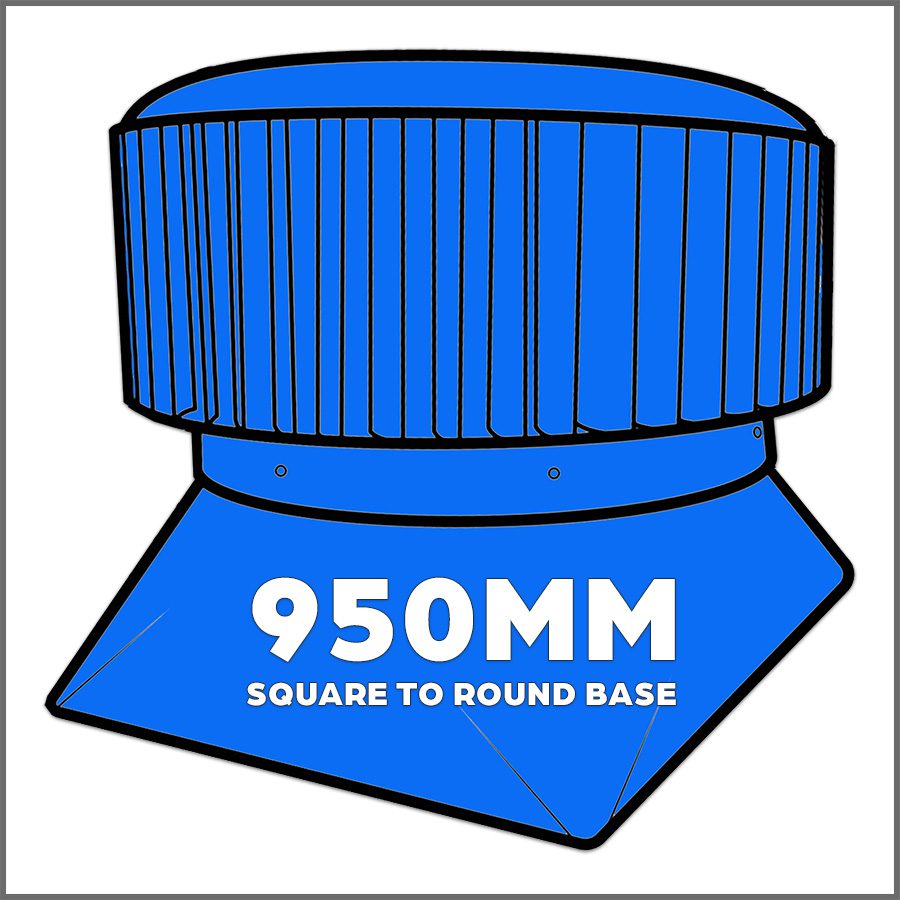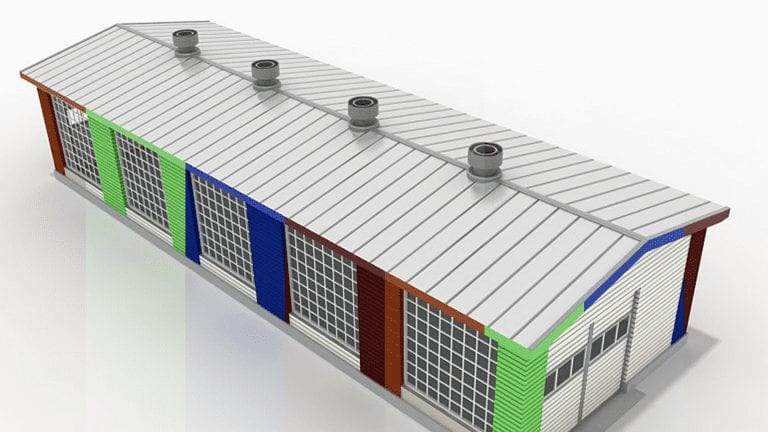Comprehensive Guide to Sump Gutters for Roof Plumbing and Roofing Accessories
Rain Heads to the Trade Shipped Free Australia Wide – Click Here >
Dambuster Rain Heads Shipped Free Australia Wide – Click Here >
Gutter Sumps to the Trade Shipped Free Australia Wide – Click Here >
Eco-Friendly Roofing Insulation Shipped Free – Click Here >
Roof plumbing is an essential component of any building, ensuring the efficient management of rainwater and preventing potential damage to the structure. Among the various elements of roof plumbing, sump gutters play a pivotal role in channeling rainwater away from the roof, protecting the building’s integrity, and maintaining a sustainable environment. In this comprehensive article, we will explore sump gutters for roof plumbing, including their advantages, components, designs, installation, maintenance, sizing, and their relevance to different roofing types. We will also touch on related topics such as sustainable roof plumbing, roofing materials, and insulation products, providing you with a holistic view of the subject matter.
Section 1: Understanding Sump Gutters
Before diving into the details of sump gutters, it’s important to understand what they are and why they are crucial in roof plumbing.
1.1 What Are Sump Gutters for Roof Plumbing?
Sump gutters are specialized channels or troughs designed to collect rainwater from the roof and direct it towards downpipes and drainage systems. These gutters are strategically placed at low points on a roof to capture rainwater effectively.
Section 2: Sump Gutter Components
To grasp how sump gutters function, it’s essential to familiarize yourself with their components.
2.1 Key Components of Sump Gutters
- Gutter Channel: The main trough or channel where rainwater flows.
- Downpipes: Vertical pipes connected to the gutter channel, carrying rainwater to the ground or storage tanks.
- Leaf Guards: These accessories prevent leaves and debris from clogging the gutter.
- Sump: A low point in the gutter channel where water accumulates before flowing into the downpipe.
Section 3: Sump Gutter Design
Sump gutter design plays a significant role in its effectiveness and efficiency.
3.1 Factors Influencing Sump Gutter Design
- Roof Pitch: Steeper roofs may require larger and sturdier gutters to handle water flow.
- Roof Material: The type of roofing material can affect gutter design and compatibility.
- Rainfall Intensity: Areas with heavy rainfall may need larger sump gutters.
- Aesthetics: The design of the building may influence gutter style and color.
Section 4: Advantages of Sump Gutters
Sump gutters offer several advantages that contribute to the overall functionality of a building.
4.1 Advantages of Sump Gutters
- Effective Rainwater Collection: Sump gutters efficiently channel rainwater, preventing it from causing damage to the roof or structure.
- Preventing Erosion: Properly designed sump gutters prevent soil erosion around the building’s foundation.
- Reducing Maintenance: Leaf guards and well-designed sumps minimize the need for frequent gutter cleaning.
- Preserving Building Aesthetics: Sump gutter systems can enhance the visual appeal of a building by offering various design options.
Section 5: Disadvantages of Sump Gutters
While sump gutters offer many benefits, they also have some drawbacks to consider.
5.1 Disadvantages of Sump Gutters
- Maintenance Requirements: Even with leaf guards, gutters may require periodic cleaning to function optimally.
- Initial Cost: The installation of sump gutters can be more expensive than other gutter types.
- Potential Clogging: In heavy debris areas, sump gutters may still become clogged, leading to water overflow.
Section 6: Sump Gutters for Different Roof Types
Sump gutters can be adapted to various roofing styles, including flat, pitched, and commercial roofs.
6.1 Sump Gutters for Commercial Roofs
Commercial roofs often require robust sump gutter systems to handle large volumes of rainwater. Properly designed systems are crucial for preventing damage to the building and its contents.
6.2 Sump Gutters for Flat Roofs
Flat roofs present unique challenges in rainwater management. Sump gutters designed for flat roofs must account for the lack of slope and ensure efficient drainage.
6.3 Sump Gutters for Pitched Roofs
Pitched roofs are more common in residential buildings. Sump gutter systems for pitched roofs need to consider the angle of the roof to prevent water overflow during heavy rains.
Section 7: Installation and Maintenance of Sump Gutters
Proper installation and regular maintenance are key to the longevity and effectiveness of sump gutters.
7.1 Sump Gutter Installation
- Preparation: Assessment of roof type and measurement of necessary components.
- Sloping and Positioning: Ensuring the correct slope and positioning of the gutters.
- Sealing and Fastening: Securely attaching gutters and downpipes to the building.
- Testing: A thorough assessment to ensure proper functionality.
7.2 Sump Gutter Maintenance
- Regular Cleaning: Removing debris and leaves to prevent clogs.
- Repairs: Addressing any damage or leaks promptly.
- Leaf Guards: Maintaining and cleaning leaf guard systems.
- Painting: Applying protective coatings to extend gutter life.
Section 8: Sizing and Pricing of Sump Gutters
Proper sizing and understanding pricing are crucial when considering sump gutters for your roofing project.
8.1 Sizing Sump Gutters
- Roof Area: The surface area of the roof dictates the gutter size.
- Rainfall Intensity: Areas with heavy rainfall may require larger gutters.
- Roof Pitch: Steeper roofs require larger gutters to handle the flow.
8.2 Sump Gutter Pricing
- Material Choice: The cost of sump gutters varies depending on the material used, with options like aluminum, steel, and PVC.
- Installation Complexity: More complex installations may incur higher labor costs.
- Accessories: Additional accessories like leaf guards and downpipe filters can affect pricing.
Section 9: Sustainable Roof Plumbing and Insulation
Sustainability is a growing concern in construction and roof plumbing. Sustainable practices can be integrated into your roofing project.
9.1 Sustainable Roof Plumbing
- Rainwater Harvesting: Collecting rainwater for non-potable uses, reducing water consumption.
- Green Roof Systems: Installing vegetation on roofs for insulation and environmental benefits.
- Energy-Efficient Insulation: Using efficient insulation materials to reduce energy consumption.
9.2 Wholesale Roofing and Insulation Products
- Wholesale Insulation Materials: Bulk purchase options for insulation materials to reduce costs.
- Top Roof Plumbing Materials: High-quality materials for durable roofing solutions.
- Wholesale Roof Plumbing: Bulk purchasing options for gutter systems and accessories.
Section 10: Roof Ventilation
Proper ventilation is essential for maintaining a healthy roofing system.
10.1 Ventilation Ducts for Roofs
- Purpose: Ventilation ducts ensure air circulation under the roof, reducing moisture buildup and prolonging the roof’s lifespan.
- Types: Various duct systems are available, including passive and active ventilation.
10.2 Ventilation for Flat and Pitched Roofs
- Flat Roof Ventilation: Strategies for ventilating flat roofs without disrupting their functionality.
- Pitched Roof Ventilation: Ensuring proper ventilation in pitched roofs to prevent issues like condensation and mold.
Section 11: Finding Sump Gutter Suppliers
To ensure the success of your roofing project, you’ll need reliable suppliers for sump gutters and accessories.
11.1 Sourcing Sump Gutters
- Local Suppliers: Research and contact local suppliers for convenience and support.
- Online Suppliers: Explore online options for a broader selection and potential cost savings.
- Wholesale Suppliers: Consider wholesale suppliers for bulk purchases and potential discounts.
Section 12: The Future of Roof Plumbing – Virtual Roof Plumbing Shops
The construction industry is increasingly leveraging technology to streamline processes, including sourcing roofing materials.
12.1 Virtual Roof Plumbing Shops
- Online Platforms: Virtual shops offer a range of roofing products and accessories for convenient purchasing.
- Digital Tools: Some platforms provide tools for estimating material requirements, improving project planning.
Conclusion
Sump gutters are indispensable components of roof plumbing, offering effective rainwater management for various types of roofs. By understanding their components, advantages, disadvantages, and appropriate designs, you can make informed decisions when planning your roofing project. Additionally, considering sustainability, ventilation, insulation, and reliable suppliers will contribute to the long-term success and durability of your roofing system. With the right knowledge and choices, you can ensure that your roofing project stands the test of time while promoting environmental responsibility.


